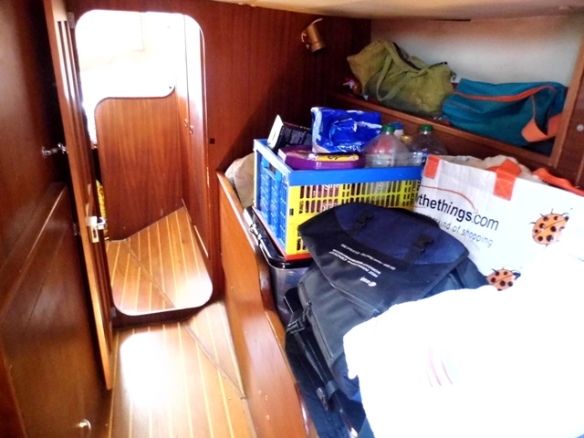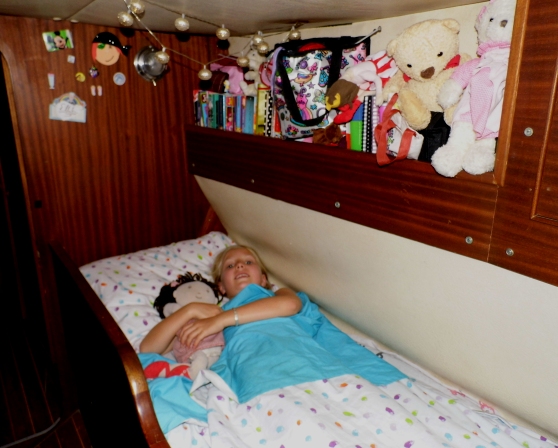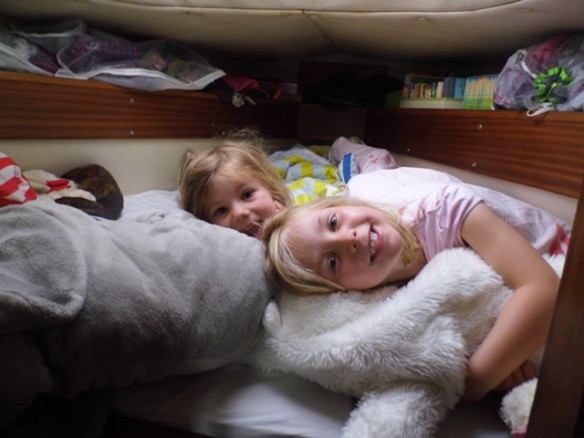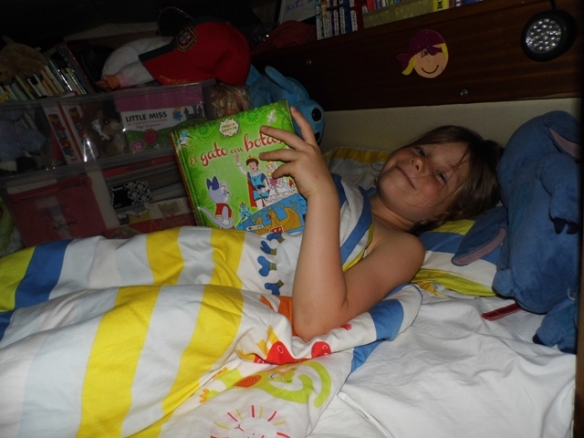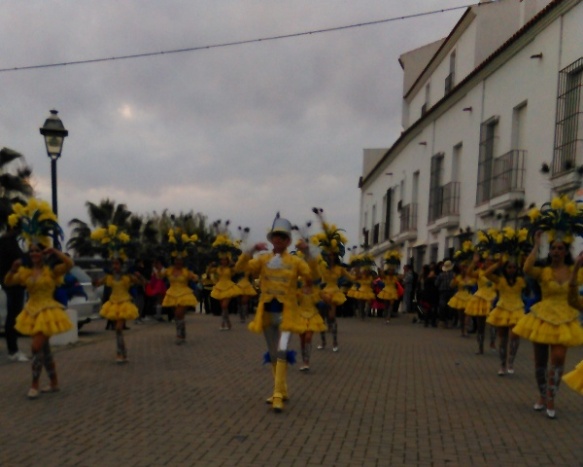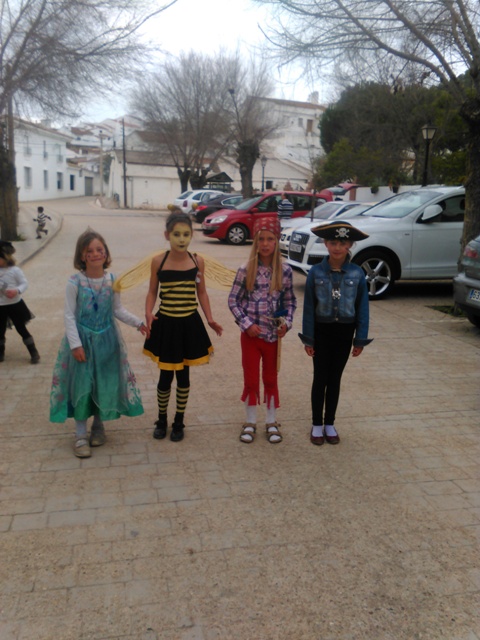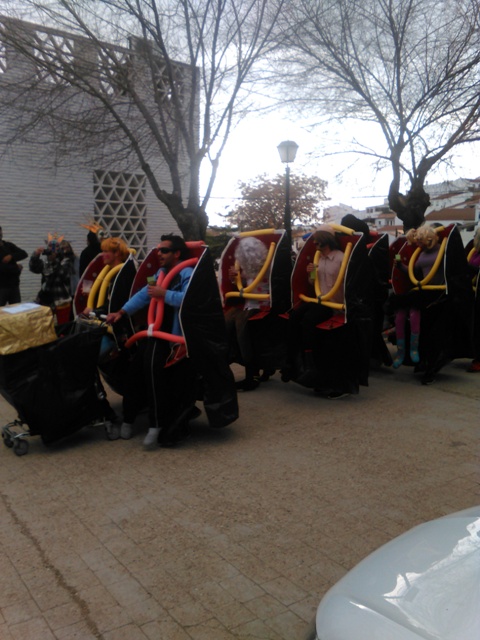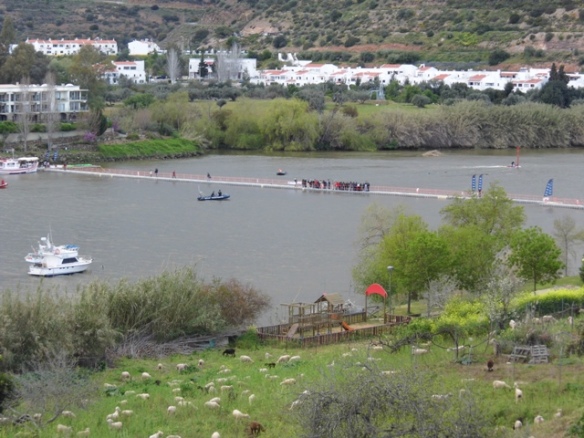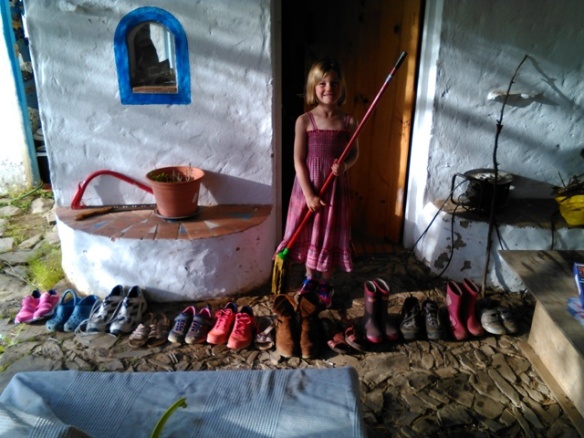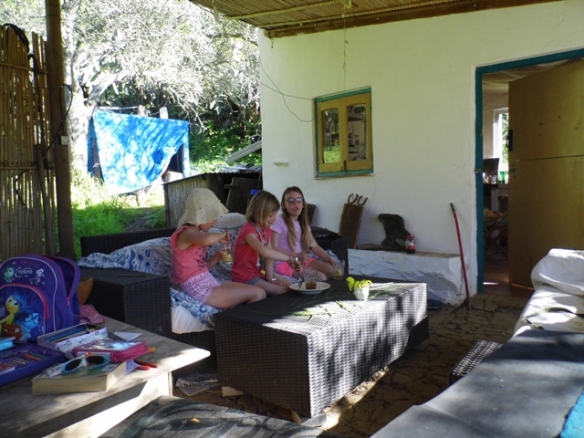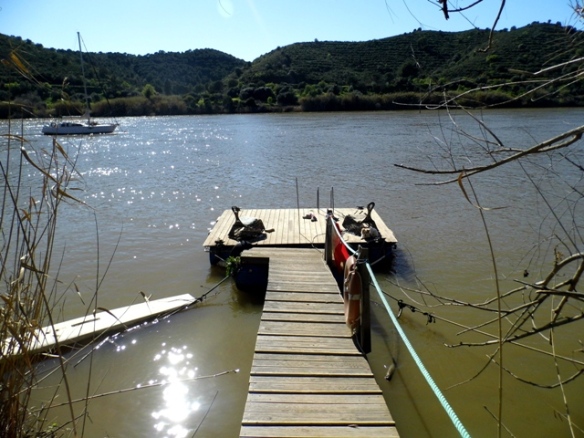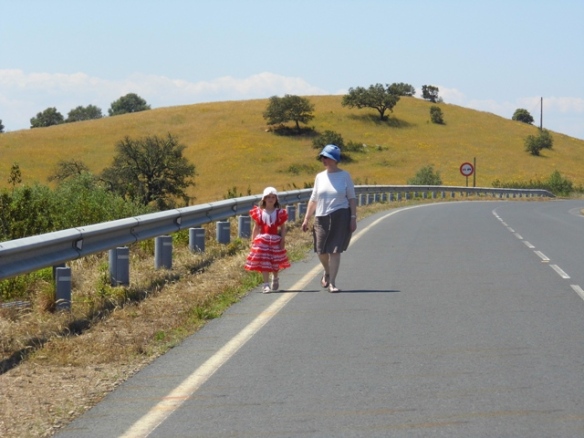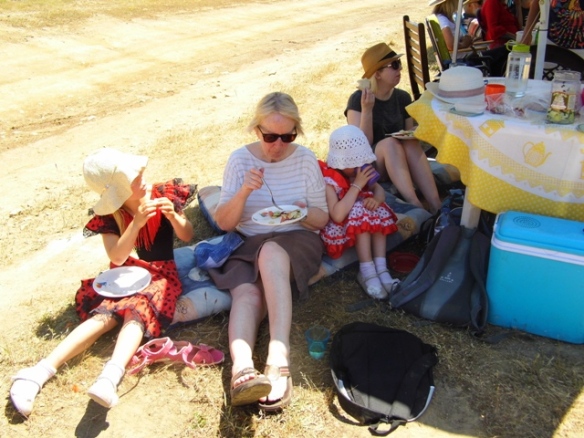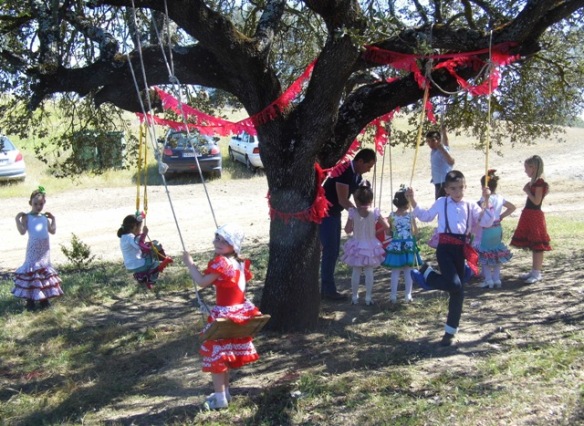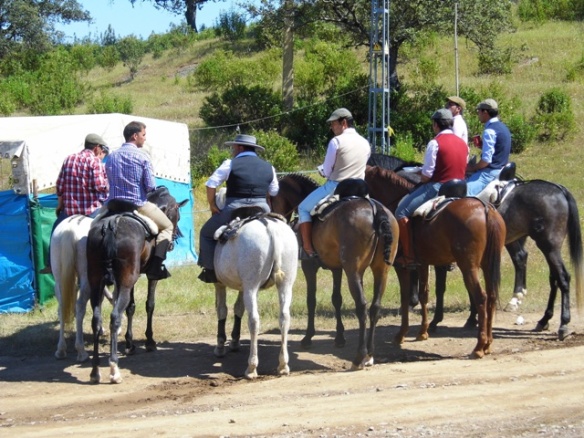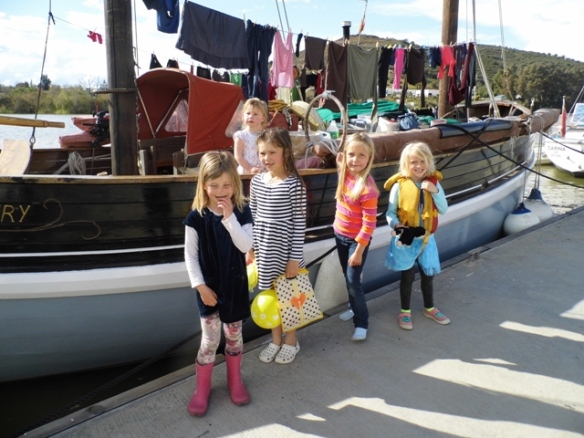As the summer holidays rolled around towards the end of June, I had all sorts of plans. With all that time on my hands, I planned to prepare to take the B1 Spanish exam, write like a demon every day and plough through a large pile of books. I had Lily’s and Katie’s summer mapped out too. We would work together on two educational projects. The first, an Iberian geography project, would involve the construction of a 3D map of Spain and Portugal, which, over the course of the summer, would become populated with the peninsula’s rivers, mountains, regions, coastlines and major cities. We all need to improve our geographical knowledge of our adopted part of the world and this would be a fun way to do it. The second project was to be a learning-by-doing bread project. I thought of how fun and educational it would be to learn about the history and culture (no pun intended) of bread and to try making different breads together.
I’m sure you can all anticipate the big ‘but’ that I’m to drop!
Of course, we did none of these things! I haven’t opened my Spanish books since mid-June and my plan to take the B1 exam moves further and further into the future. The first half of the summer holidays was mostly writing free too (regular blog followers will have noted the absence of new posts and all other writing also failed to materialise). Since early August I’ve been writing again, and feeling all the better for it. And as for that pile of books? The pile grows higher, but I’ve read very little. Wolf Hall took up most of the summer, not because of its length (it’s long) or its complexity (it’s complicated), but because I simply didn’t have time to read. I fell in love with Thomas Cromwell and spent my days wondering what would happen next, but only managed about 20 pages a day, if I was lucky.
And the educational projects? Well, let’s say that once I got over the guilt of not getting them up and running, I realised we were better off with a more organic approach to the summer holidays!
My summer has mainly been work-filled. I didn’t intend it to be this way, but that’s how it worked out, and if you’re a freelance editor/writer/teacher, then you take the work when it comes your way. I hadn’t expected to teach any English between June and October, but instead (ironically) I’ve been preparing some local teenagers for B1 English exams (my first student received her results today…she passed!!), and having regular conversation classes with adults and children, all adding up to nine or so hours of contact time each week.
My editing work usually dries up during summer as well and, although it’s been a little slow, I’ve been sent more work than I was expecting. On top of all that, I was offered two new online jobs, one of which has been keeping me busy as I learn some new skills in a field completely new to me.
But what a summer we’ve had. We’ve been house-sitting in a very old and much-loved house in the village (subject of a future blog post, I promise), looking after an old and much-loved dog. The spacious house provided a great opportunity to invite family and friends to visit, and a full month of the summer has been taken up with visits from some of our nearest and dearest. Friends from Ireland and a friend from the UK brought their children along, and Lily and Katie had a wonderful time having week-long sleepovers with friends.
In the absence of my organised educational projects, Lily has taken to the kitchen and baked her way through the summer, following recipes, experimenting with alterations to recipes, inventing her own recipes. She’s in the kitchen as I write, making lemon sandwich biscuits of her own invention. I blame her entirely for the half stone/7lbs/3.3kg I’ve gained this summer. I can’t imagine my organised bread making would have been half as successful as her own self-taught summer in the kitchen, where she has learned how to work with ingredients, count and measure, enhance and embellish. She’s made baking her thing, and has been teaching her sister and all her guests from overseas and the village how to bake too. She’s a far more patient teacher than I am. Sure, her washing up skills still leave a little to be desired, and the pots and pans she’s ‘washed’ often need to be washed again, but at least she understands that cleaning up is all part of the process.
We’ve swum a lot this summer. My two sacred parts of the day all summer have been siesta and after-siesta. A curse be upon anyone who interrupts my siesta! Very early mornings, very late nights and the oppressive heat of the middle of the day, mean that taking a siesta has been an absolute necessity. We go swimming most days after siesta, sometimes to the beach in Alcoutim, but more often to the public outdoor swimming pool in El Granado.
My friend Rosemarie gave Lily a lesson in diving at the start of the summer and she has spent the summer perfecting her technique. Katie made up her mind at the start of the summer to learn the front crawl and has been working on that, with a little technique help from my friend Sarah when she came to visit from London. Katie is a loner in the water, preferring to be underwater, and constantly working on extending the length of time she can stay below the surface. The swimming ability of both girls has improved immensely over the summer, once again, with minimal input from me. I just take them to the water!
For three weeks both girls practiced five evenings a week with the other children from the village for a dance performance during Cultural Week. The performance was delightful (if you happened to be a parent of the performing children, that is!) and since then the girls have been choreographing their own dance moves and putting on little shows for us in the garden.
With only ten days until the start of the new school year, I could look back and think about all the things I failed to do. But instead I choose to look back at all the unexpected things the girls have done – the baking, the swimming, the dancing – and the unexpected and interesting work opportunities that have come my way. I still can’t tell you the name of the highest mountain or the longest river in Spain, but do I really care? Now, where’s Lily? I need another cupcake!

